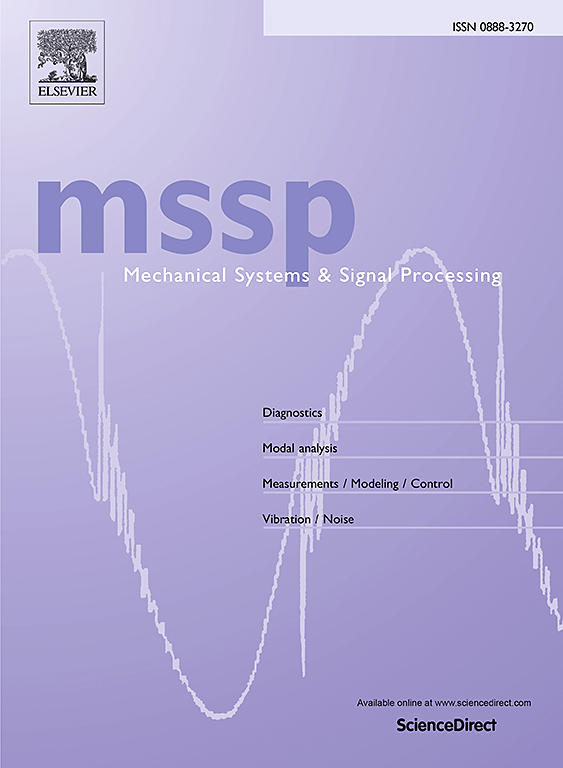Real-time monitoring of thin film thickness and surface roughness using a single mode optical fiber
IF 8.9
1区 工程技术
Q1 ENGINEERING, MECHANICAL
引用次数: 0
Abstract
This research introduces an innovative method for real-time monitoring thin film growth and surface roughness using a single mode optical fiber without any additional treatment. The cleaved end of the fiber was installed within the deposition chamber, allowing the thin film to be deposited directly onto the fiber tip. During the deposition process, a Fabry-Pérot interferometer was formed with its cavity length equal to the film thickness. As the thin film grows, it alters the cavity length, resulting in a measurable interferogram. In cases where the film surface is not optically smooth, surface roughness becomes a function of deposition time. By leveraging this phenomenon, this research demonstrates a method for calculating film thickness and surface roughness using Hilbert Transform along with an iterative method. It was found that the measured film thickness fluctuates around the ground truth given by a simulation, with an error on the nanometer scale (≤4 nm) and the reflectivity error is less than 0.004 (maximum error percentage of 5.86 %). Compared to traditional quartz crystal microbalance counterpart, the proposed method directly measures the film thickness rather than mass of the thin film. Furthermore, the compact probe design allows it to be placed closer to the substrate, enhancing monitoring precision. This method offers a simple, quick, and affordable approach to monitor film thickness and surface roughness, effectively addressing the current challenges in the field.使用单模光纤实时监测薄膜厚度和表面粗糙度
本研究介绍了一种使用单模光纤实时监测薄膜生长和表面粗糙度的创新方法,无需任何额外处理。光纤的切割端安装在沉积室内,允许薄膜直接沉积到光纤尖端上。在沉积过程中,形成了一个腔长等于薄膜厚度的法布里-帕氏干涉仪。随着薄膜的生长,它改变了腔的长度,从而产生了可测量的干涉图。在薄膜表面不是光学光滑的情况下,表面粗糙度成为沉积时间的函数。利用这一现象,本研究展示了一种利用希尔伯特变换和迭代法计算薄膜厚度和表面粗糙度的方法。结果表明,测得的薄膜厚度在模拟得到的地面真实值附近波动,在纳米尺度上存在误差(≤4 nm),反射率误差小于0.004(最大误差百分比为5.86%)。与传统的石英晶体微天平相比,该方法直接测量薄膜的厚度而不是薄膜的质量。此外,紧凑的探头设计使其更接近基板,提高监测精度。该方法提供了一种简单、快速、经济的方法来监测膜厚度和表面粗糙度,有效地解决了当前该领域的挑战。
本文章由计算机程序翻译,如有差异,请以英文原文为准。
求助全文
约1分钟内获得全文
求助全文
来源期刊

Mechanical Systems and Signal Processing
工程技术-工程:机械
CiteScore
14.80
自引率
13.10%
发文量
1183
审稿时长
5.4 months
期刊介绍:
Journal Name: Mechanical Systems and Signal Processing (MSSP)
Interdisciplinary Focus:
Mechanical, Aerospace, and Civil Engineering
Purpose:Reporting scientific advancements of the highest quality
Arising from new techniques in sensing, instrumentation, signal processing, modelling, and control of dynamic systems
 求助内容:
求助内容: 应助结果提醒方式:
应助结果提醒方式:


